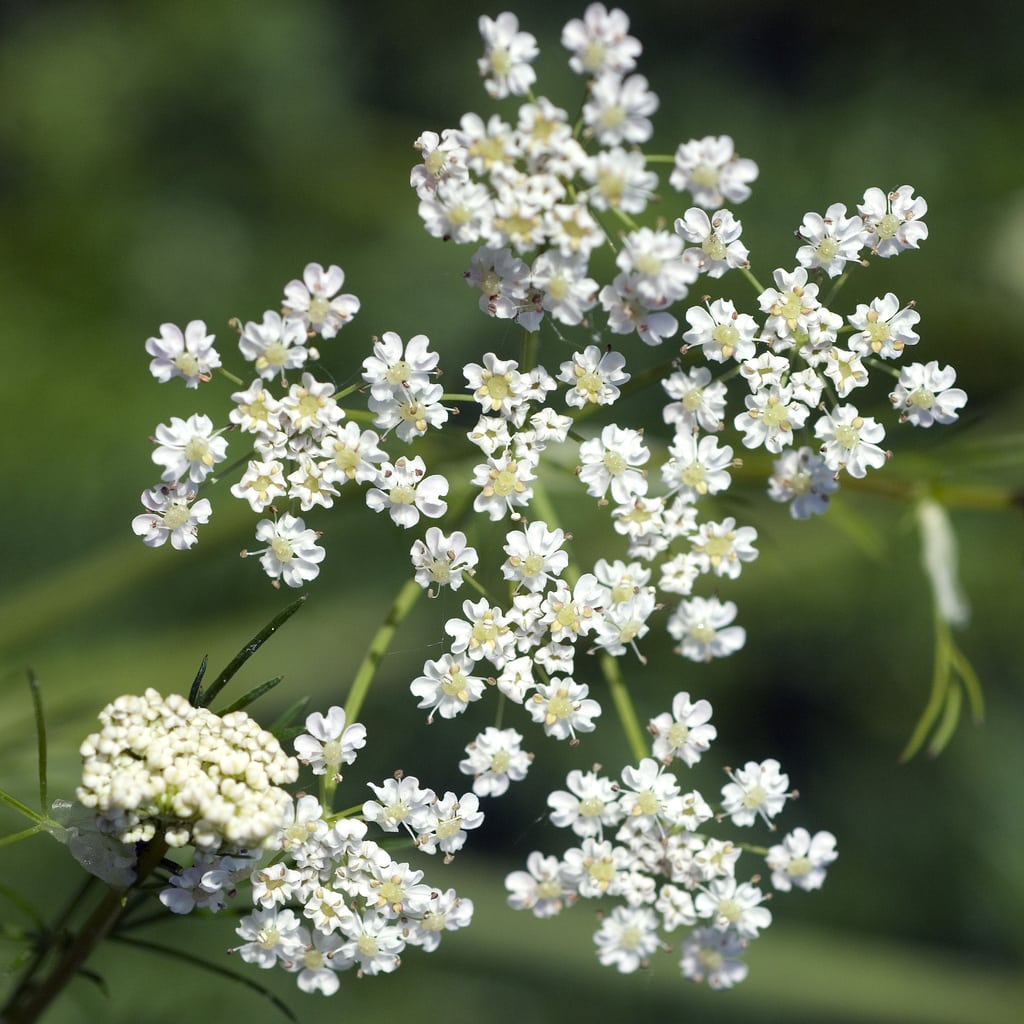Caraway Propagation Methods – How To Propagate Caraway Plants


Known for its robust scent and complex taste, caraway is an easy to grow herb plant and great addition to the kitchen garden. Reaching 24 inches (61 cm.) at maturity, caraway plants produce umbrella-like white flowers which are extremely attractive to pollinators. Most commonly, caraway plants are grown for the purpose of harvesting seeds. Found in recipes for various baked goods such as cookies and breads, harvesting will require some patience. Biennial flowering plants require two growing seasons to set seed. While growing caraway from seed will require some attention to detail, the process of propagating caraway is simple.
How to Propagate Caraway Plants
There are two methods by which one is able to propagate caraway– seeds and caraway plant cuttings. Thriving in full sun, caraway should be planted in well-draining soil. To ensure a bountiful harvest, always make certain the garden bed is weed free until plants have become fully established. Due to their shallow roots, caraway plantings should not be disturbed.
Sowing Caraway Seeds
The first and most common propagation method is by direct sowing the caraway seeds. Hardy to USDA zones 4 through 10, these plants are most suitable for growth during periods of cooler weather. Due to this factor, caraway seeds are directly sown in the fall and allowed to overwinter outdoors. Direct sowing is essential, as the plant’s long taproots do not like to be disturbed by the transplanting process. While the plants will remain dormant during the cold winter weather, increasing warmth in the spring will cause the caraway to resume growth, bloom, and set seed.
Caraway Plant Cuttings
Caraway plants may also be propagated through cuttings. To take caraway cuttings, simply remove a small segment of new growth from an existing caraway plant. Generally, cuttings should have at least three to four sets of true leaves. Remove the true leaf sets, leaving only one or two pairs of leaves. Gently push the stem cutting into a moist rooting medium. Keep the growing medium consistently moist and place in a location out of direct sunlight. When the cuttings have started to take root, gradually harden off the plants until it is time to transplant them into their final location in the garden.
Sign up for the Gardening Know How newsletter today and receive a free copy of our e-book "How to Grow Delicious Tomatoes".

Tonya Barnett has been gardening for 13 years. Flowers are her passion. She has transformed her backyard into a cut flower garden, which she regularly chronicles on her YouTube channel http://www.youtube.com/@tonyawiththeflowers.